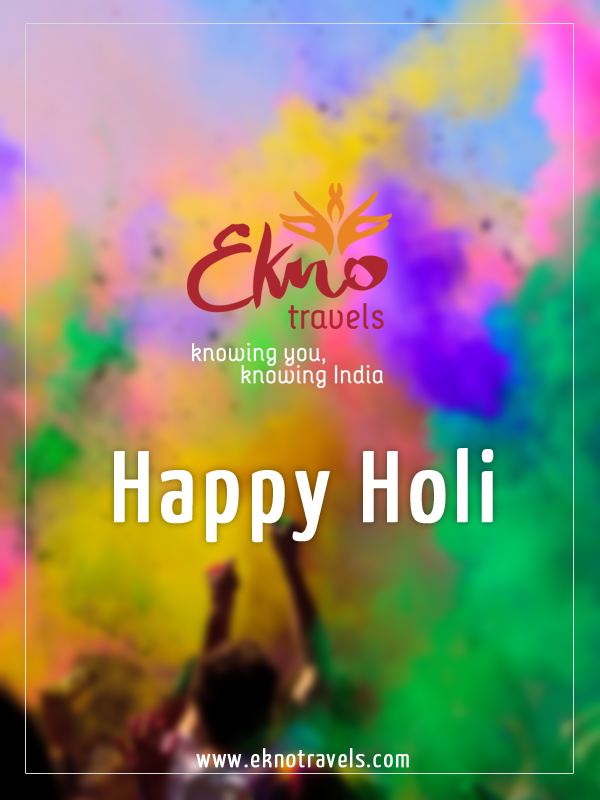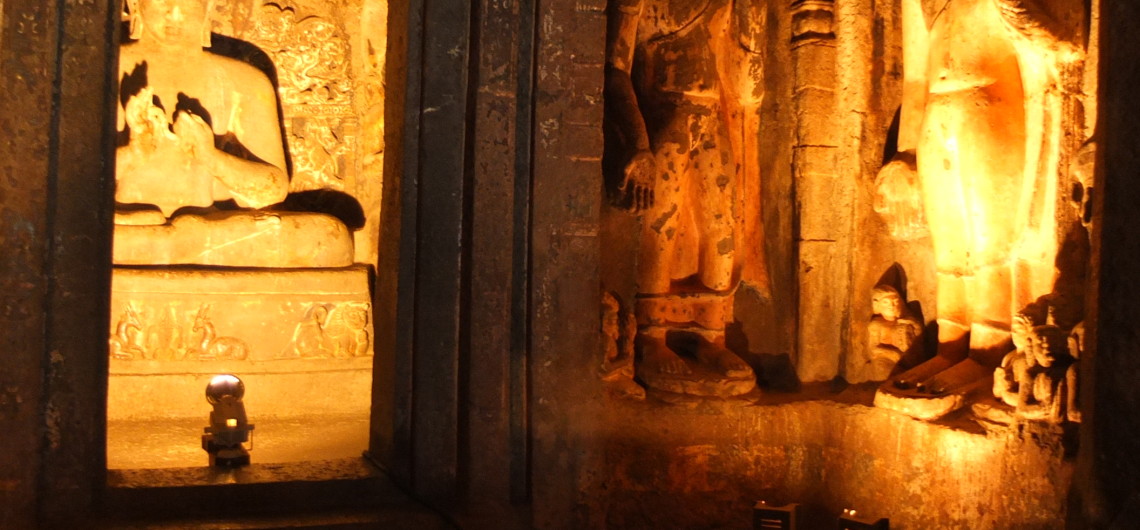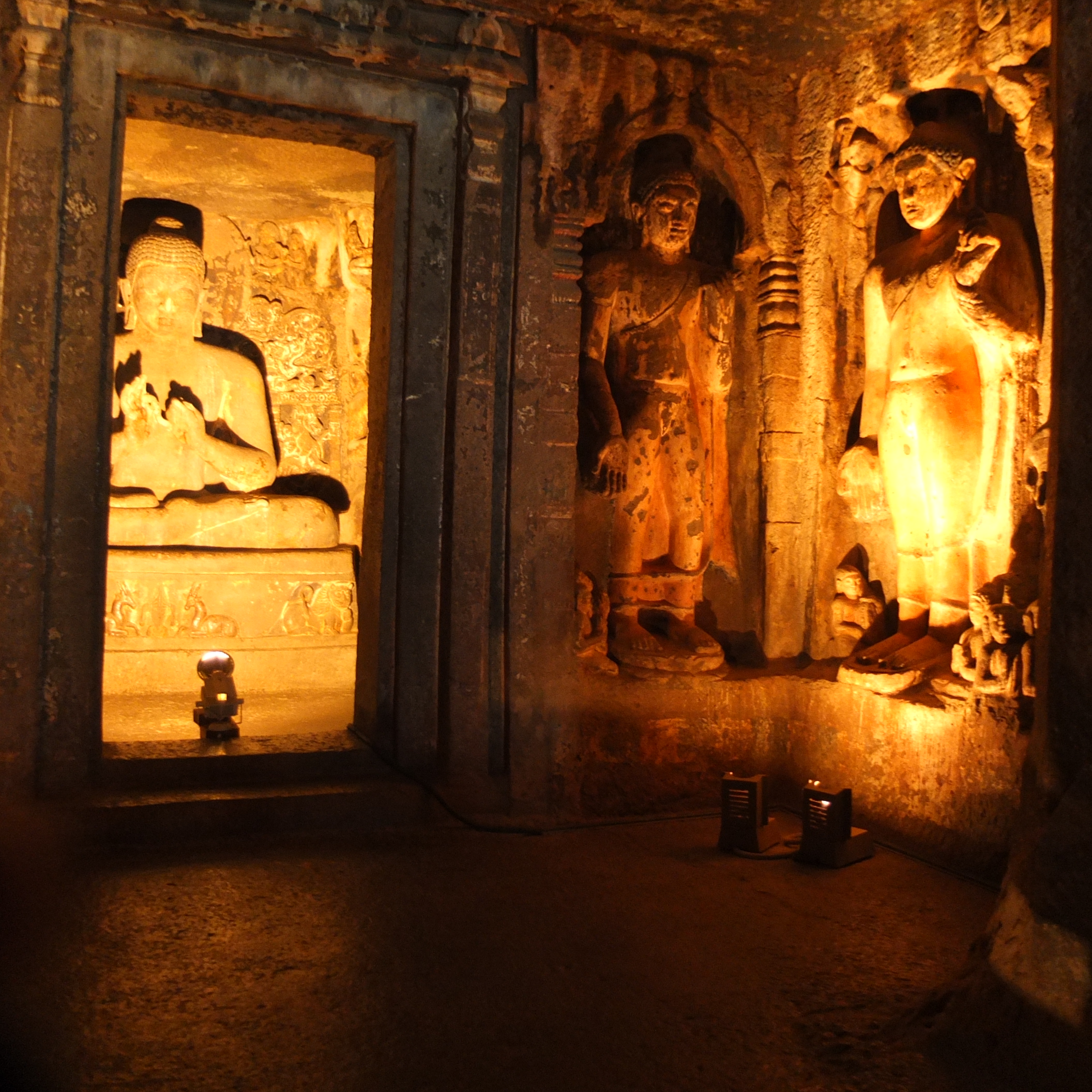Intoxicating, crazy, exasperating, wonderful, beautiful, daunting, overwhelming, fantastic. India is all these things, and more. (Lonely Planet)
How can you possibly prepare yourself? Having lived, worked and traveled frequently throughout India, I have put together 10 of my best travel tips for women so that you can get the most out of your travels in India.
- Try to get fit and healthy before you embark on your journey. Make sure you have good gut health. I recommend you take good pro-botic before you travel as that will ensure that any nasties will stay away. There is a product on the market called grapefruit seed or citrus seed extract; you will need 10 drops a in bottled water each day This will help with any tummy bugs. Both products can be found at a local health food shop or online.
- India can be dusty and dirty and in some of the bigger cities there can be pollution (depend on which time of year you are there). Bring a facemask which can be worn in the bigger cities. The ones that will keep 80% of the pollutant particles out are 3M (the company) and the number of the mask is N95.
- Pack lightly as India has a lot of stairs and uneven roads. I recommend you bring a solid suitcase on wheels. If you are travelling on an internal flight, most of the airlines will only allow 15kgs per passenger and 7kgs as carry on. This rule is usually enforced and you will be required to pay the excess luggage fee around $10 per kg extra (which is payable by you).
- If traveling between September and December then pack light, cotton clothes. Make sure that your necklines aren’t too low or your skirt lengths too high. Bare arms are permissible. In some temples, your head has to be covered so bring a scarf (lightweight if it is hot). A scarf is invaluable when travelling as it can cover up, use for protection against the sun and also make your outfit be dressier. Don’t bring high heels and leather soled shoes – As the pavements, roads, surfaces are very uneven, bring flat ‘sensible’ shoes, either walking shoes or if it is hot bring travelling sandals which can air your feet as well as provide protection.
- Don’t bring any expensive jewelery and keep your money tucked away safely. Either bring a handbag that you can cross the strap over your body or keep your handbag zipped up. India is a poor country so best not to tempt dishonesty.
- India has its own time, slow! It is country where everything works slowly and this can take some adjustment. Whilst planes run on time (mostly) and your days activities will leave on time also, things can take longer than you are expecting. Have patience! It is the journey not the destination that is important.
- Whilst we are not used to tipping in Australia, it is encouraged and accepted in India. People you will come across whilst travelling won’t earn so much money so tipping is a good way to show your appreciation for a job well done, it also helps subsidize their otherwise low wages. The average tip in a restaurant would be around IR100-IR200 per bill. For groups it would be a bigger tip. It is a good practice whilst you there.
- Don’t drink from the local tap or brush your teeth under the shower. Have a supply of bottled water or there may be places which say ‘drinking water’ as the water supply has been filtered (see above also for grapefruit seed extract). Only buy food from recommended places – mainly good restaurants. Don’t eat off the streets especially cut fruit and try to stick to vegetarian food in India. It can be questionable about how the meat is prepared and cooked.
- Beer and wine are served in up market restaurants and may not be available everyday of your tour. In this case, you may have to have a couple of ‘alcohol’ free days on your trip – particularly in out of the way places. Wine is expensive in India.
- Men will stare at you in India, mainly on the streets. Your interactions during your travels with be mainly with men. Men work in the hotels, shops, drive the cars/buses you will be travelling it. The women are mostly invisible except on the streets shopping. Keep your interactions with men in a slightly standoff manner and ignore the stares. They are not used to seeing women in larger groups by themselves.
Finally, India is a country of men (where the women can often be invisible). It has a strong patriarchal system, a modest and conservative country as far as women are concerned so it is courtesy to adhere to some of these tips in particular about the dress and behavior.

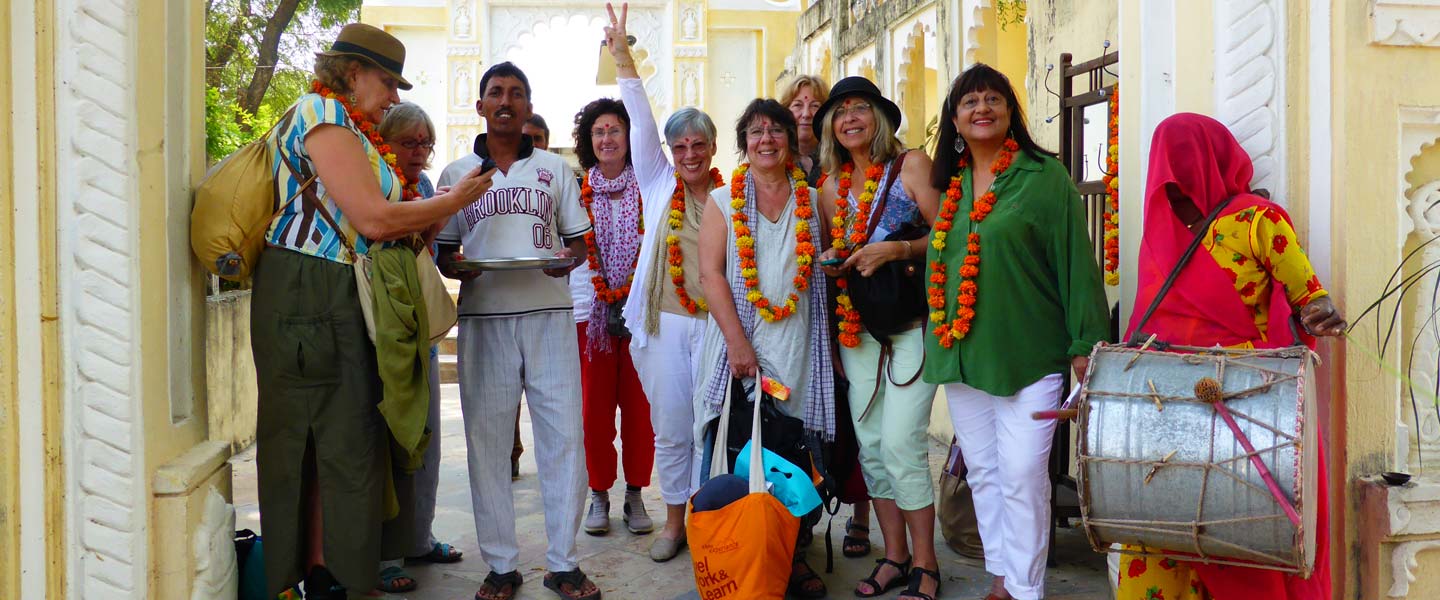
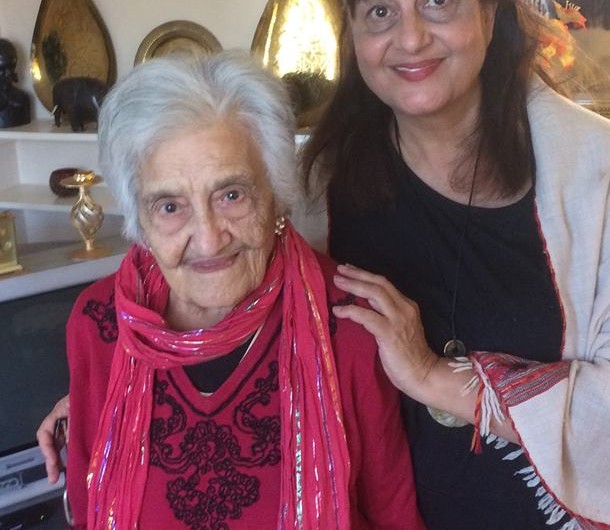
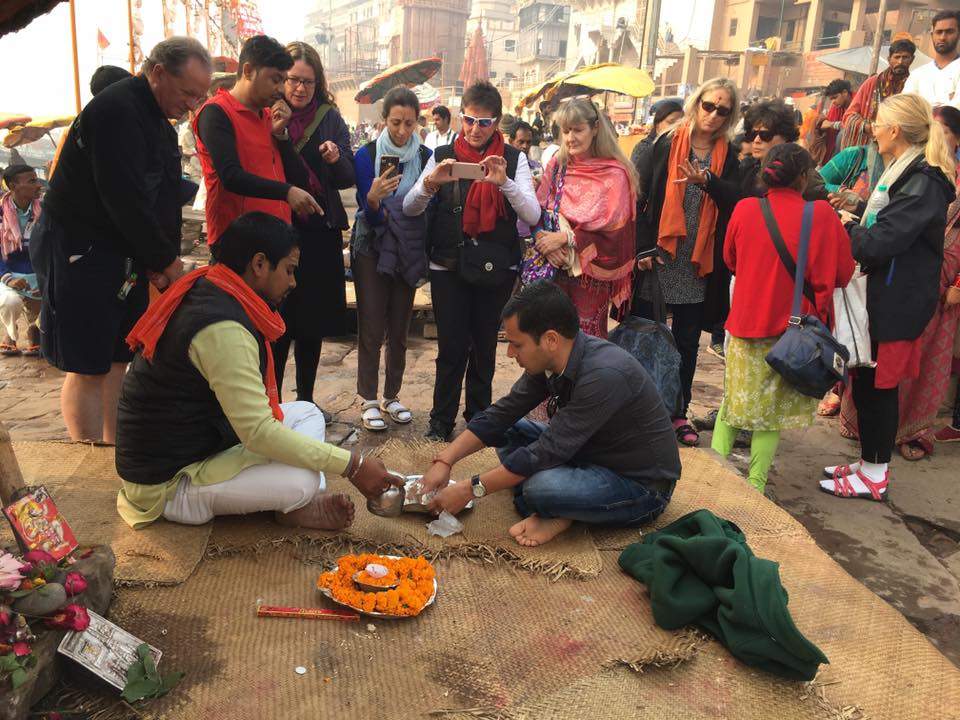
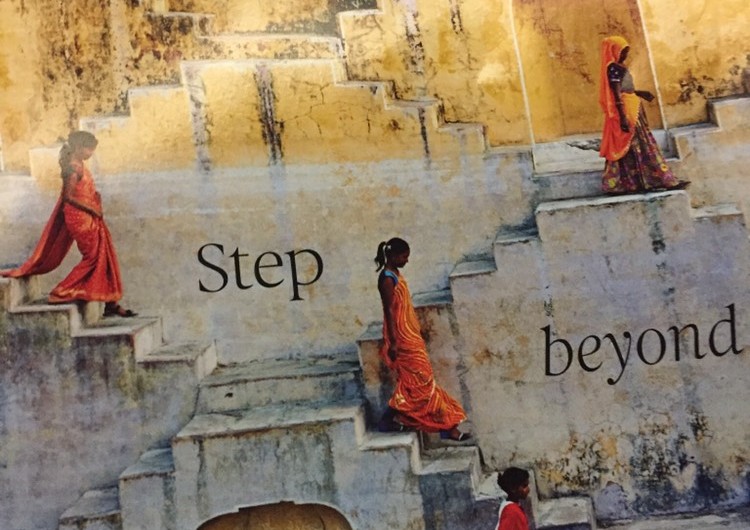
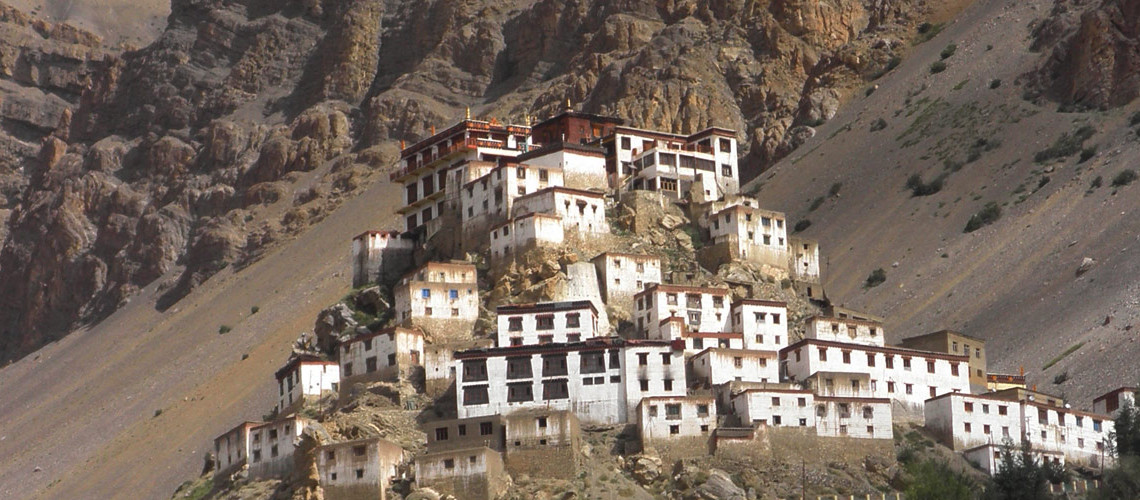
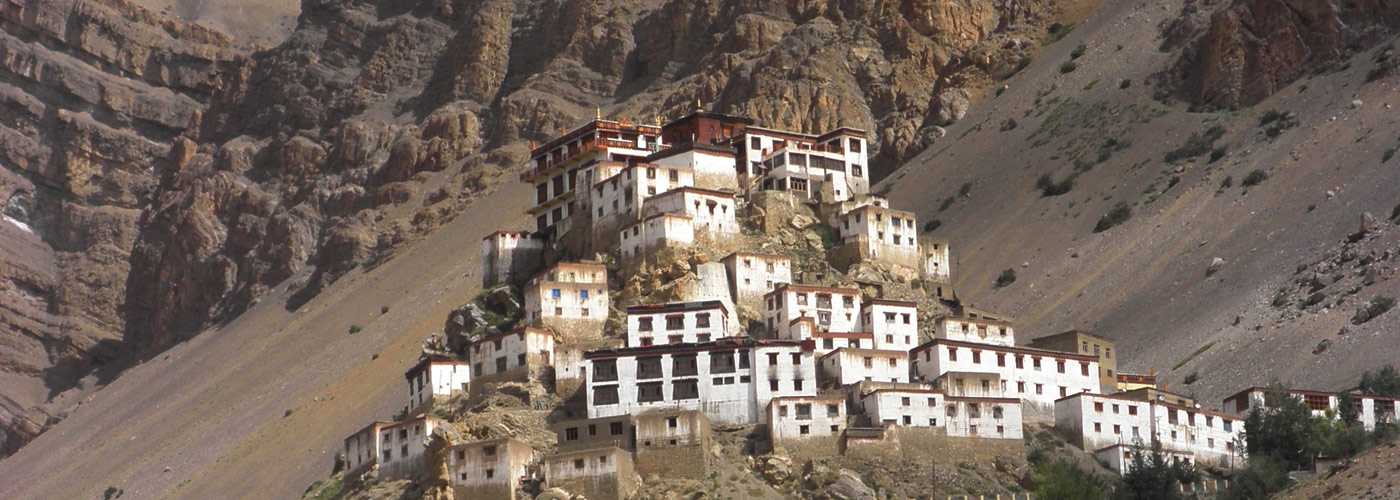
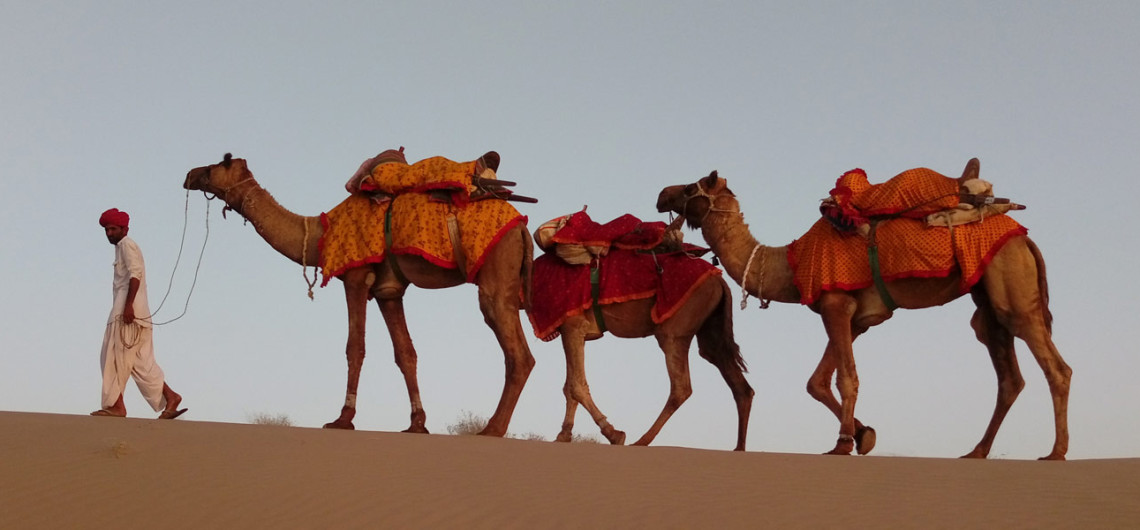
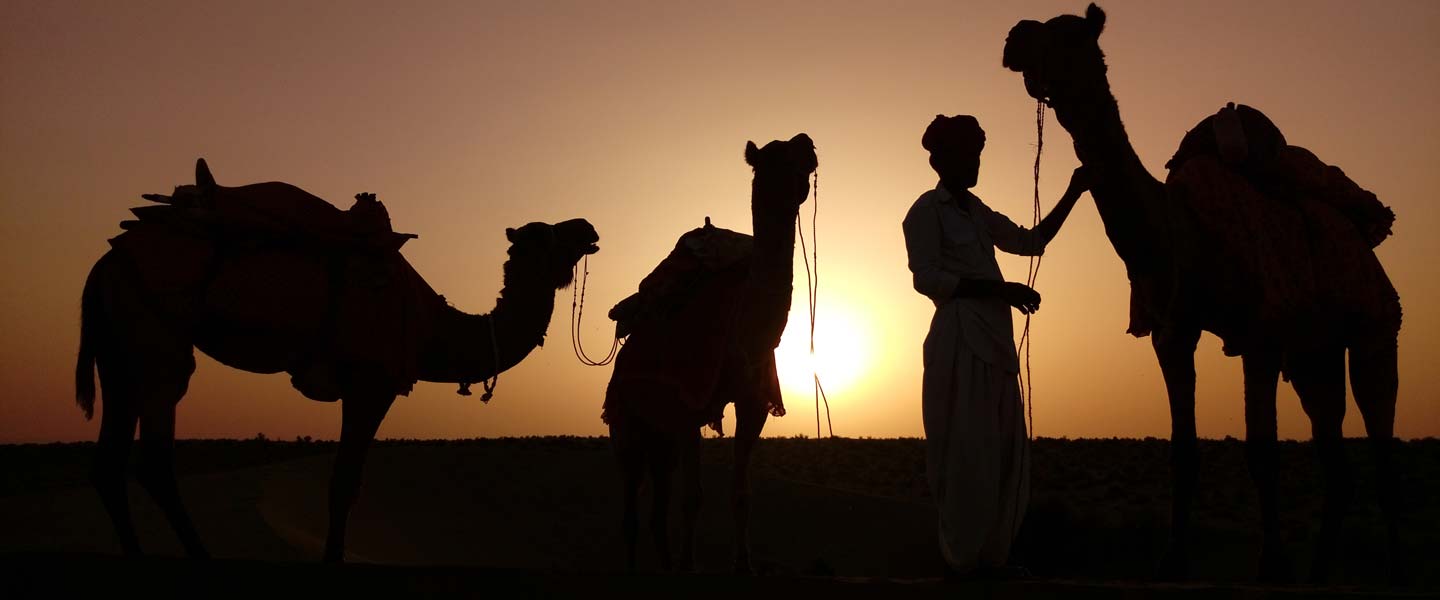
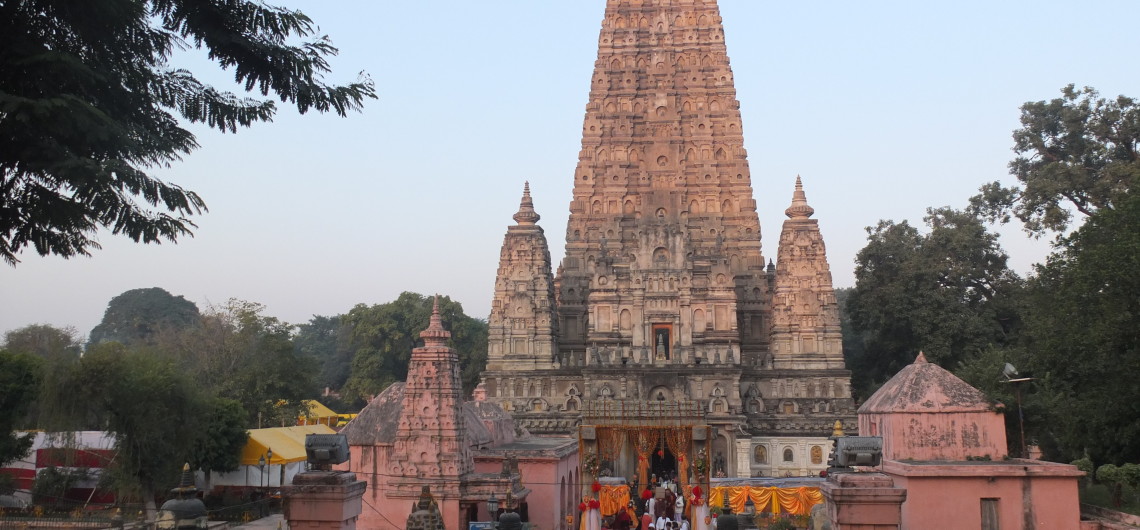

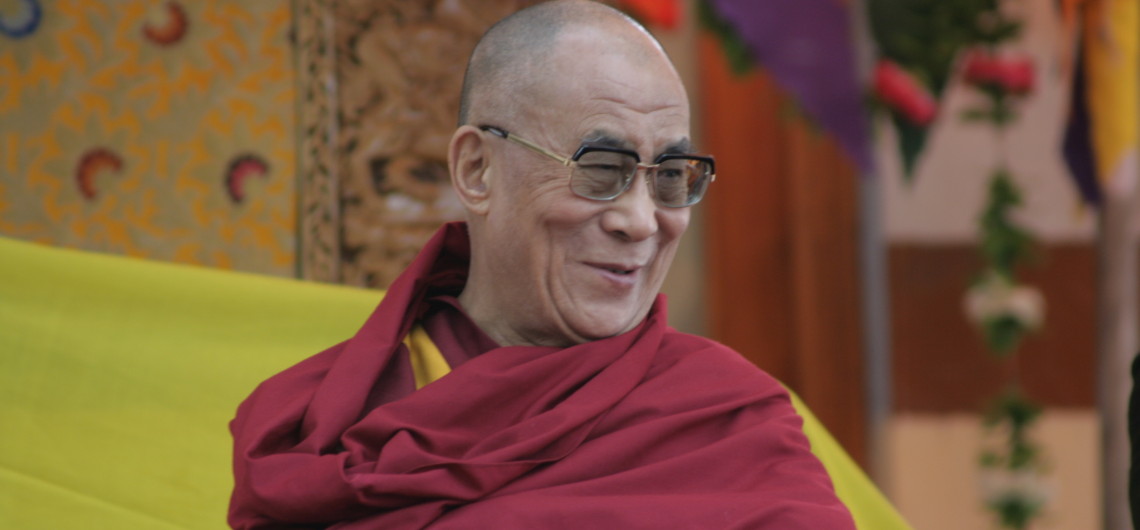
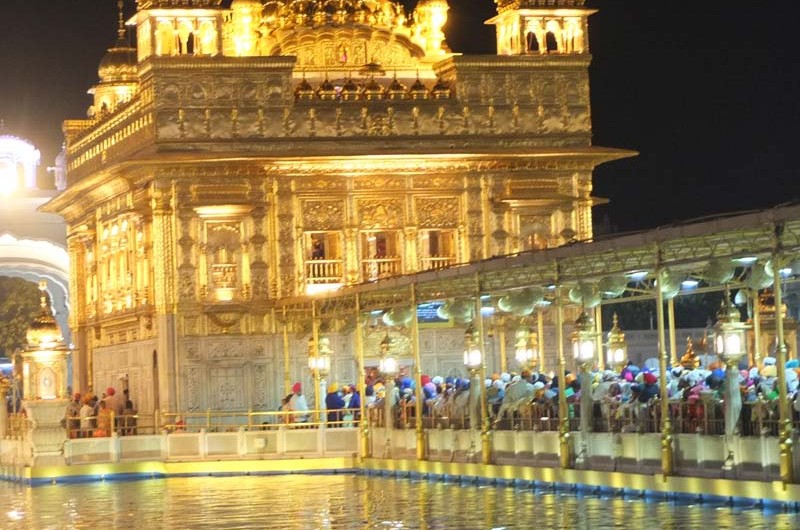
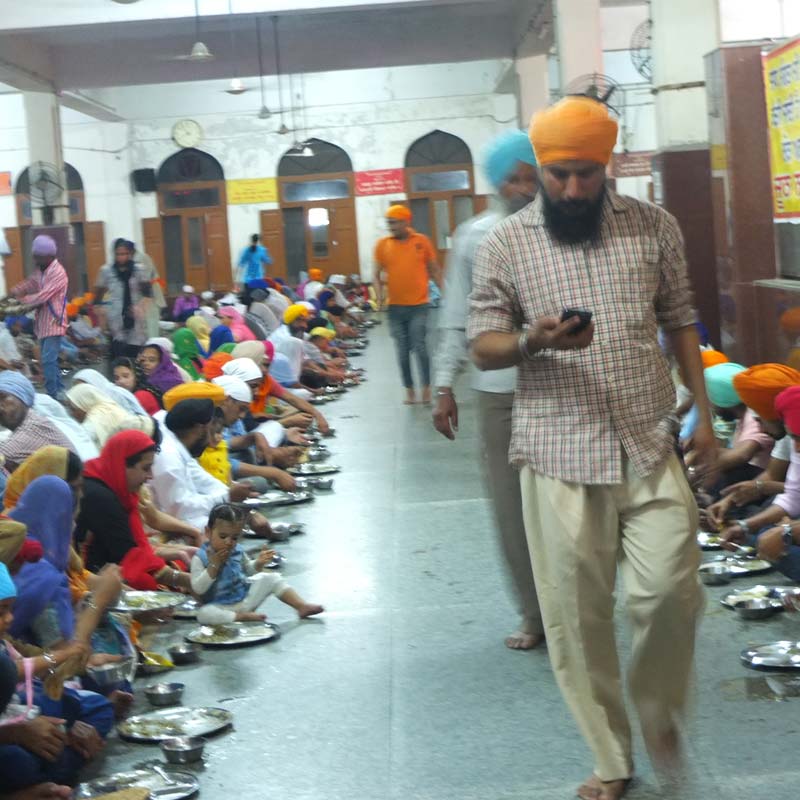 After finishing our meal, we were then directed down to where we put our plates, which we handed to the plate scrapping area which in turn is then taken to the plate washing area. This was about 10 rows of men, women and children with their hands dipped in soapy water washing the vast amount of plates. The plates are washed 5 times before being used again. All the Volunteers were happy, it looked as though it was also a spiritual experience, all service to the greater good…..I thought in a land of divisions and castes, and this was one place where this had been laid aside.
After finishing our meal, we were then directed down to where we put our plates, which we handed to the plate scrapping area which in turn is then taken to the plate washing area. This was about 10 rows of men, women and children with their hands dipped in soapy water washing the vast amount of plates. The plates are washed 5 times before being used again. All the Volunteers were happy, it looked as though it was also a spiritual experience, all service to the greater good…..I thought in a land of divisions and castes, and this was one place where this had been laid aside.

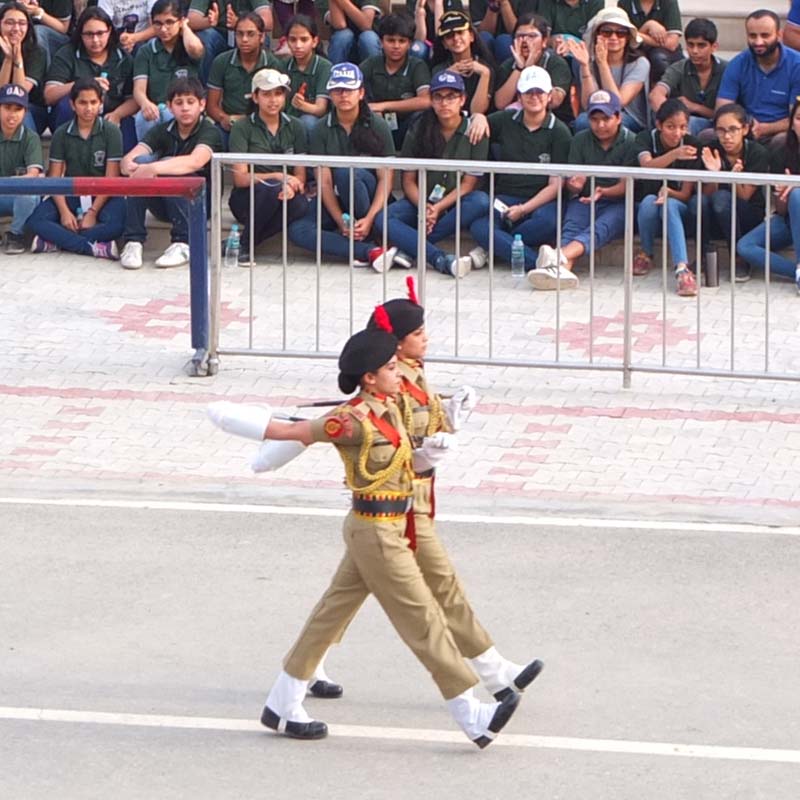 The border guards – men (and 2 token women to lead the group) doing a version of sand crabs walking, tilting their hats (not sure if that was part of it or they were just uncomfortable)…whatever they were doing it had a magnetic effect on the crowd. They loved it, shouting Hindustan Zindabad (long live India) and Ji Mata Di (hail to the Goddess – used in the Hindu religion). Having the tallest men in India looking fierce, brave and protecting the nations’ borders is an absolute recipe for success.
The border guards – men (and 2 token women to lead the group) doing a version of sand crabs walking, tilting their hats (not sure if that was part of it or they were just uncomfortable)…whatever they were doing it had a magnetic effect on the crowd. They loved it, shouting Hindustan Zindabad (long live India) and Ji Mata Di (hail to the Goddess – used in the Hindu religion). Having the tallest men in India looking fierce, brave and protecting the nations’ borders is an absolute recipe for success.